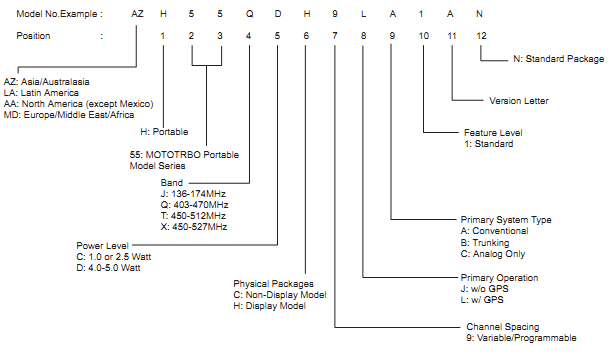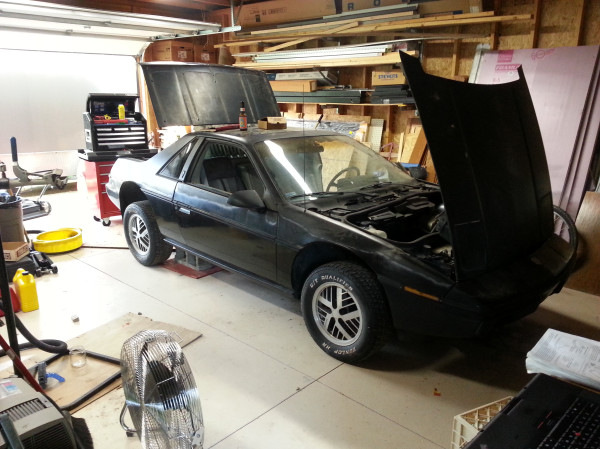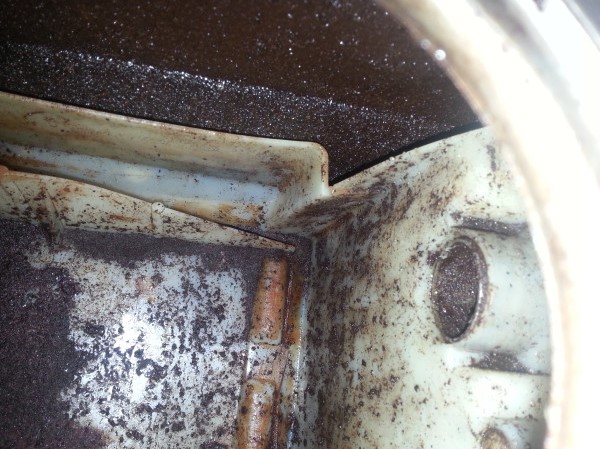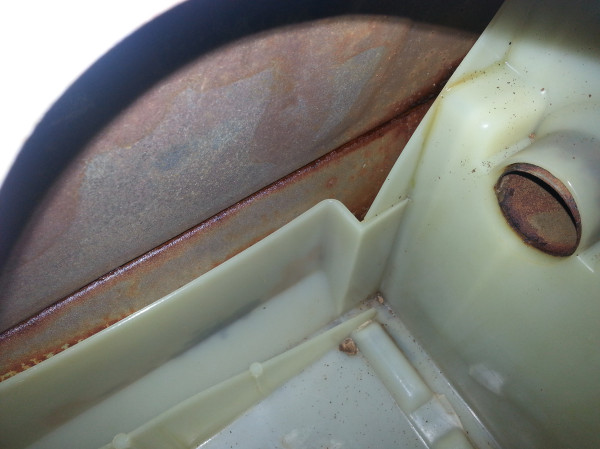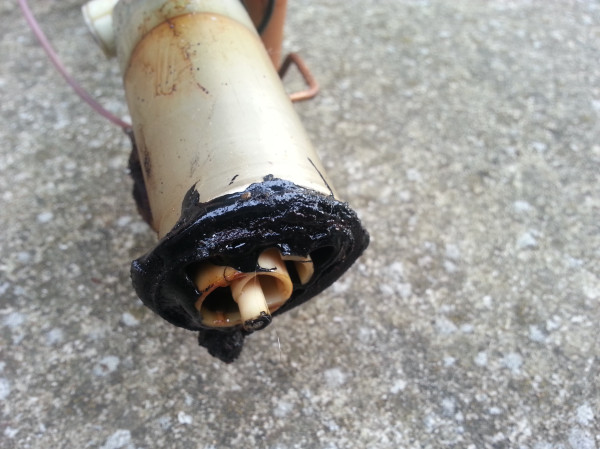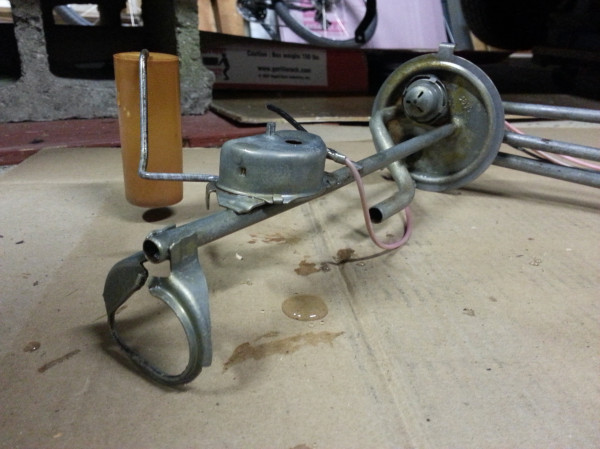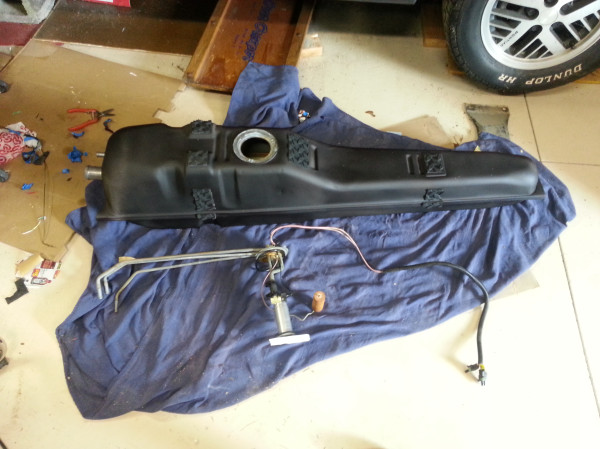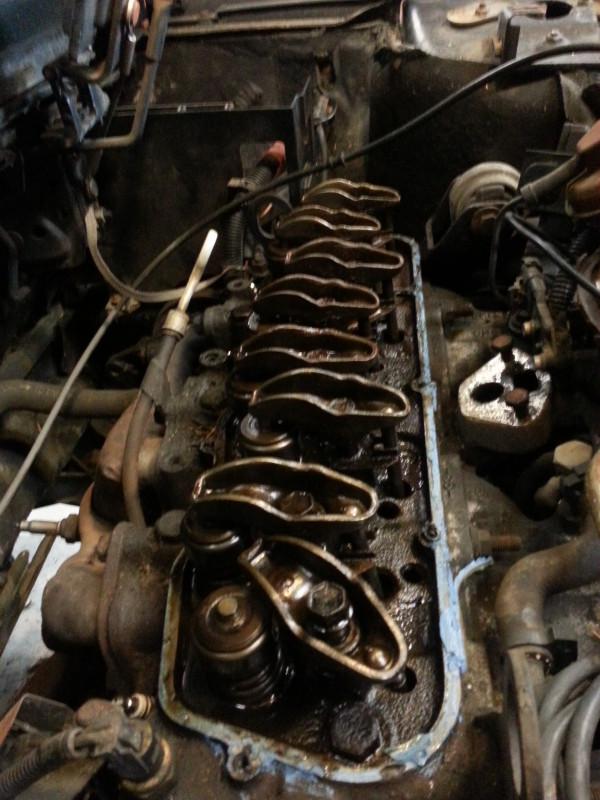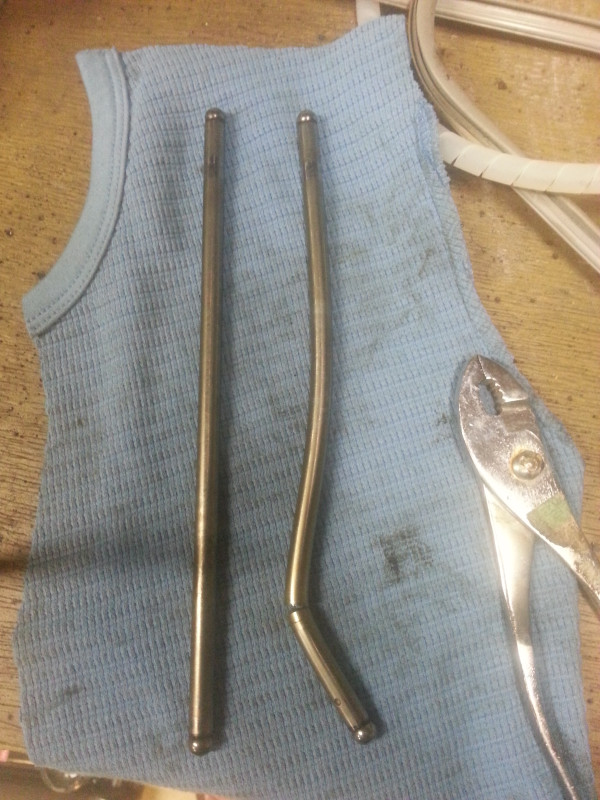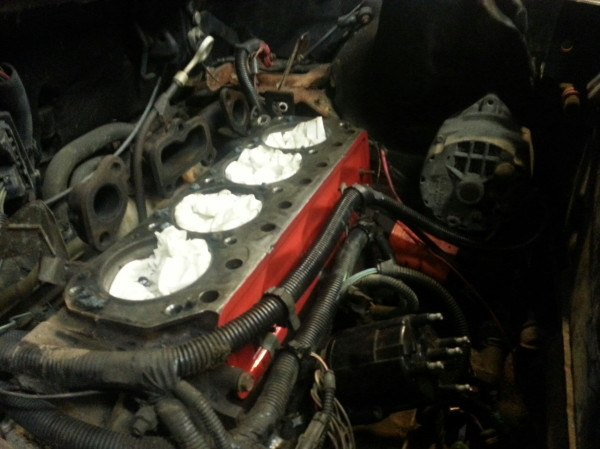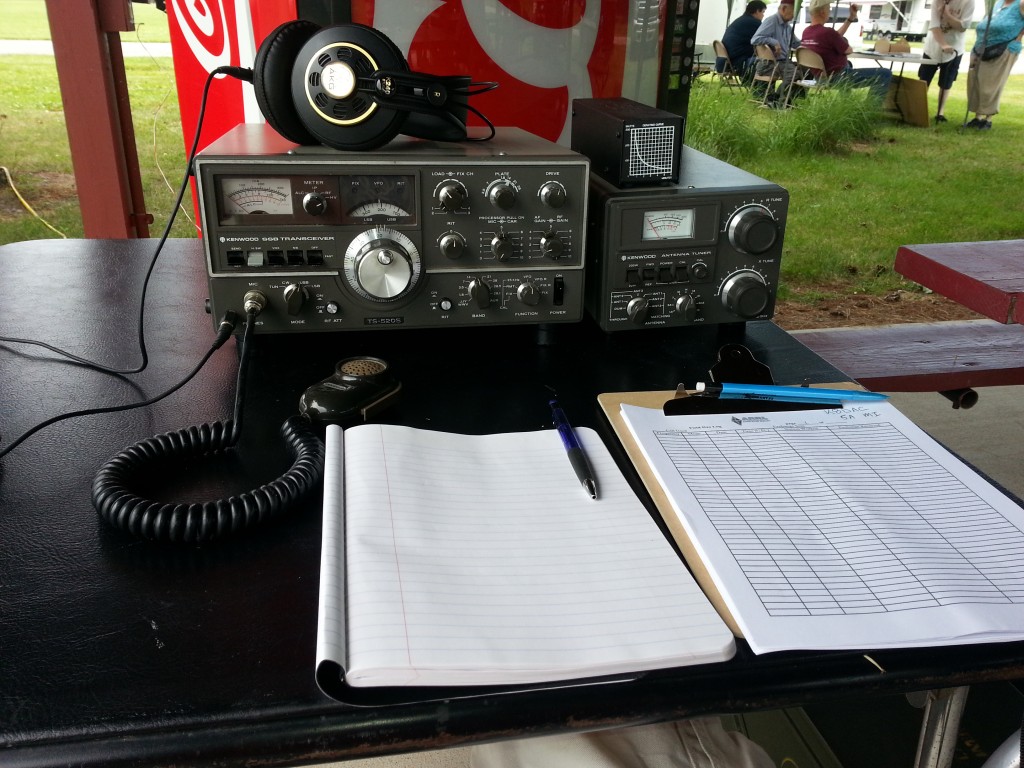Some years ago my club (W8YY) joined DMR MARC as the first node in Michigan’s UP. For a long time I just used club equipment. But having moved downstate recently, I decided I wanted to stay involved in DMR, and needed to purchase my own hardware. I had been using a club XPR6550 and decided to look for one. Out of the blue, I found one at a garage sale, for far below market value and scooped it up.
Lesson Learned No. 1 – Buy the right radio
There are many different XPR6550s out there. Some are VHF, some are UHF, and some are 900MHz. The one I bought was UHF, which should be fine since the repeaters I want to talk to are UHF. But there’s a catch, there’s more than one flavor of UHF. The radio I purchased was configured for 450-512MHz. Not great, since amateur repeaters are down around 440MHz. I ended up selling the radio on eBay and using the money to buy the right radio. So, before you buy your radio make sure you make yourself familiar with the Motorola’s model numbering system. Shown below is the numbering system for XPR6500 series radios. In general, if you want to work UHF, try to find a radio with a “Q” in position 4 of the model number; VHF look for a “J”; and just avoid “T”s and “X”s. For other Motorola Radios models, check here: http://dmr-marc.net/FAQ/radio-models.html .
Lesson Learned No. 2 – Programming Cables
You will also need a programming cable. For the XPR series the cable part number is PMKN4012A. Please don’t buy a knock off, you’ll risk damaging or bricking your radio. Motorola has put some smarts in the cable. There is a chip in the cable, between the USB connector and the radio. Motorola has not published what the chip does or how it works, but it does do more than sign/authenticate the cable as genuine Motorola, it facilitates communication between your computer and radio. The knock off companies have done a poor job reverse engineering it, and performing certain operations with a knock off cable, such as firmware upgrades, can brick your radio.
Lesson Learned No. 3 – Radio Programming Software
Motorola is in the business of selling radios to enterprise customers, not amateurs. They will charge as much as the market is willing to bear; which, apparently, is about ~300USD for a copy of their Customer Programming Software (often abbreviated as CPS). Large customers will buy the software outright. Small to medium size businesses have the option of going through a dealer. Dealers are typically local businesses that can afford Motorola’s big business prices by supporting a bunch of smaller businesses in aggregate. In addition to selling hardware, dealers also make money programming radios. The needs of an amateur and a small business aren’t terribly different, a hypothetical budget version of the CPS for amateurs could be used by small businesses in place of going through a dealer. No matter how loud we are, Motorola sees us hams as tiny little sliver of the market; an acceptable market loss to keep their dealers happy and in business, this isn’t likely to change anytime soon.
All that said, I still think its kind of bullsh*t that individual hams have to shell out the big bucks to legally program legally obtained hardware. Especially since the software is ~300USD and you can generally buy the radios for quite a bit less than that (used). A lot of people are probably going to disagree with what I’m about to say: But, if you’re a just one ham with one or two radios, I see no reason why you should feel bad about pirating this software. If you look hard enough you can find it posted on forums out there (Please don’t ask me for links or to share software, pirating software is illegal). On the other hand, if you are a small business, a club, have more than just a couple radios, or simply can afford the ~300USD price tag, you should really should just pony up the money and go 100% legit, you’ll get better support and software updates.
Some other notes about the software:
- The software’s official name “Motorola CPS”
- The software is Windows only. From what I’ve read, Win7 seems to be more reliable than 8 or 10. Although I have it running on 10 right now.
- There are several versions to serve different geographical regions:
- AA region (North America) for XPR radios
- AZ region (Asia, Austrailia) for XIRM and XIRP radios
- EMEA region (Europe) for DM and DP radios
- LA region (South America) for DGM and DGP radios
- As of this post (mid 2016) the current major version number is 13
- To program in analog amateur repeaters you will need to activate the “20/25kHz Channel Bandwidth” feature. If you are a legit CPS software owner you can request a free key from Motorola to allow this functionality (yes I do think this is a stupid extra step, I’ll spare you the rant). If you pirated the software, you might be out of luck, as I’m not sure how you would request a feature for a piece of software Motorola has no record of you purchasing.
- Code Plug (often abbreviated CP) is the term used for the configuration file you would load onto your radio.
- Examples to get you started can be downloaded at http://dmr-marc.net .
- KD8EYF had created a tool to help users more easily generate custom code plugs. At the time of this posting the forum which he had hosted the software on, has gone down. I’ve tried contacting both him and DMR MARC about this, but I have yet to receive a response. I’m a bit disgruntled to say the least. It is a bit irresponsible to host free software that people rely on without mirrors. KD8EYF: if you are reading and would like me to host a mirror for your software, please get in touch (my call is K8SPN).
- Once you write to a radio with the CPS, all CPS versions earlier than the one used can no longer read the radio. This is important to remember when purchasing a used radio.
Lesson Learned No. 4 – Drivers
Sometimes the radio might show up as a COM device or serial device before drivers are installed. Here are some steps RadioReference forum user IdaScan shared to fix this issue (http://forums.radioreference.com/2576930-post35.html)
- With radio connected to laptop and showing up as USB Serial Port (COM6) in device manager, right click and uninstall. This should remove the instance from the device manager.
- Then disconnect the radio and cable from the computer.
- Next, install MOTOTRBO Driver from TrboNet’s website: http://trbonet.com/redistrib/rndis_d…ation_0450.zip
- Install the driver using the setup exe.
- Once this is completely installed and happy, then open up MotoTRBO CPS. Once loaded, reconnect cable and power up radio. At this point, it should now show as a network device MOTOTRBO Radio in Device Manager and prompt for network discovery permission (Network 5, 6, 30, etc). You should be able to read/write/update with 12.1 in Windows 10.
DMR-MARC has some not-so-terrible instructions on how to configure your radio, which can be found here: http://dmr-marc.net/FAQ/subscriber-program.html
This is all I have to report at this point. I’m still learning all the ins and outs of programming my radio for amateur use.
